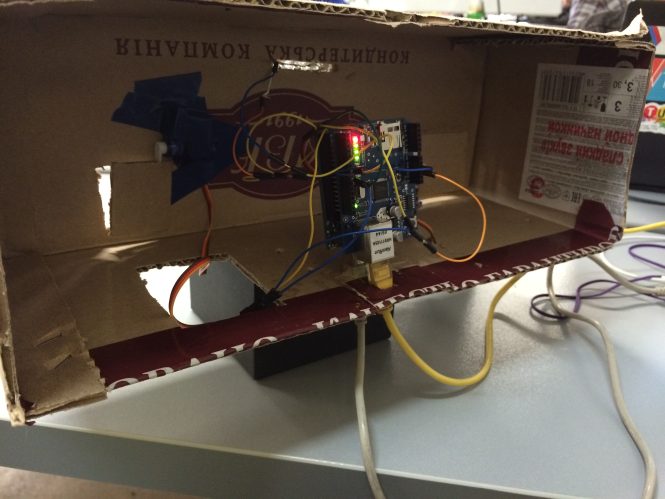

Debugging your home automation system can feel like navigating a labyrinth of interconnected devices and complex configurations. Whether it’s a flickering light, a unresponsive thermostat, or a completely unresponsive system, pinpointing the root cause of the problem can be challenging. This guide provides a structured approach to debugging your home automation system, ensuring a seamless and trouble-free experience for all of your smart home technologies. We’ll delve into the intricacies of different types of issues, from simple connectivity problems to more complex software conflicts. This article will guide you through several common troubleshooting techniques, covering everything from basic device checks to advanced system configurations. We’ll provide you with the knowledge and tools to effectively debug your system.
Identifying Common Home Automation Issues
Understanding the Root Cause
Troubleshooting begins with identifying the specific problem. Is a particular device malfunctioning? Is there a recurring pattern of issues? Carefully note the symptoms, the timing of the problem, and any other relevant details. This meticulous documentation will prove invaluable during the diagnostic process. Often, a simple connectivity problem, like a loose wire or a faulty power adapter can be the source of complex issues.
Troubleshooting by Device Type
Home automation systems comprise diverse components, each with its own set of potential issues. Different devices require different debugging approaches. For instance, a malfunctioning smart plug might indicate a problem with the power supply or the plug itself, while a faulty thermostat could point to a configuration error or a sensor failure. Identifying the device causing the problem is critical to targeting the right solution.
Leveraging Diagnostics Tools
Utilizing System Logs
Modern home automation systems often provide detailed logs. Examining these logs can pinpoint specific errors or warnings that might provide clues about the problem’s origin. Logs can highlight issues related to communication, device responsiveness, or unexpected behaviors. You may find valuable insights to understand the problematic area by reviewing timestamps, descriptions and associated error codes.
Exploring Device Configuration Settings
Sometimes, a quick adjustment to the device settings can resolve the problem. Check the device’s manual for the recommended configuration parameters or consult the manufacturer’s website for available resources and troubleshooting guides. For example, if your thermostat isn’t responding, you should double-check the programmed schedules and settings.
Advanced Debugging Techniques
Isolating Faulty Components
If the problem persists after checking logs and configuration, try isolating the faulty component. Start by disconnecting one device at a time, testing the functionality of the automation system after each disconnection. By meticulously eliminating devices, you will identify the culprit that is creating the issue.
System Reset and Reinitialization
As a last resort, a full system reset might be necessary. This action requires careful planning and execution, as it can lead to temporary data loss if not managed correctly. System reinitialization resets the system to factory settings. In some cases, re-pairing devices may fix certain common connection issues.
Tips for Avoiding Home Automation Problems
Regular Maintenance
Regular maintenance, including software updates, and periodic device checks, can significantly reduce the risk of encountering problems. This proactive approach ensures that everything runs smoothly. Outdated firmware often leads to compatibility problems that can be avoided by following the manufacturers recommended maintenance schedule.
Backup Configurations
Creating regular backups of your home automation system configurations can prove invaluable. This will help in restoring the system to a previous known good state should a major configuration mishap or hardware failure occur.
Seeking Expert Help
Consulting Professionals
If you’ve tried everything and still cannot resolve the problem, contacting a qualified home automation technician might be necessary. Home automation systems can be complex, and professional assistance might be required to diagnose the root cause and find a suitable solution. They can use sophisticated tools to inspect the system and identify any underlying problems.
Utilizing Community Support
Online communities dedicated to home automation can be invaluable sources of support and advice. Sharing your troubleshooting steps and specific system configuration can help you find other users who have experienced similar problems or have potential solutions.
Debugging your home automation system can be a frustrating experience, but with the right approach, you can quickly identify and resolve issues. Remember to meticulously document your troubleshooting steps, and utilize resources like online forums and community support for optimal results. This comprehensive guide provided a structured approach, enabling you to effectively troubleshoot your automation system. If you still face persistent problems, consult a qualified technician for professional assistance. Stay informed about the latest updates and advancements in home automation, and continuously refine your understanding of the technology for a seamless and enhanced experience. Now, go forth and master your home automation system!